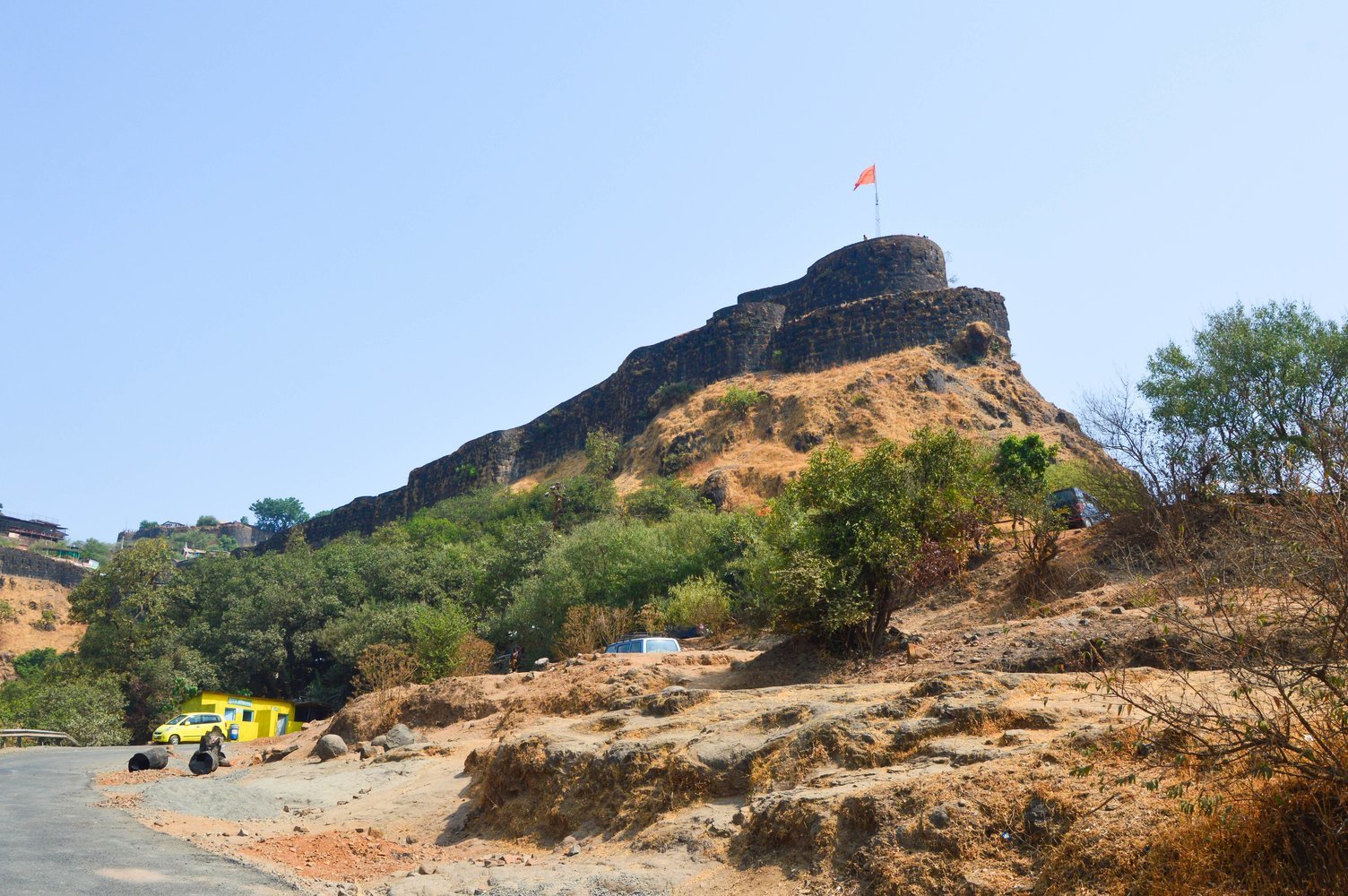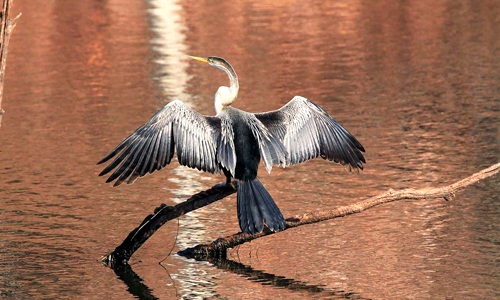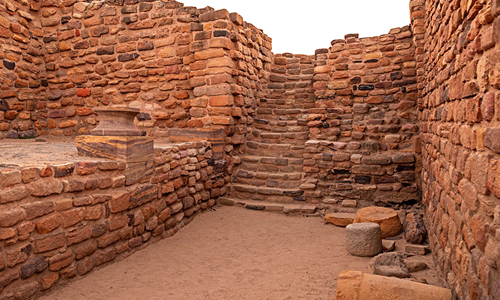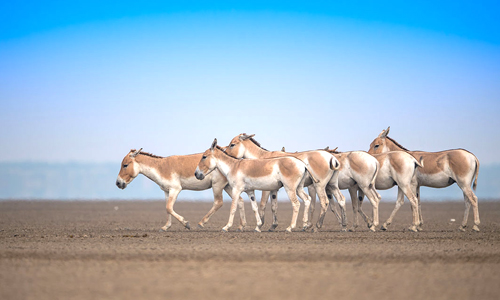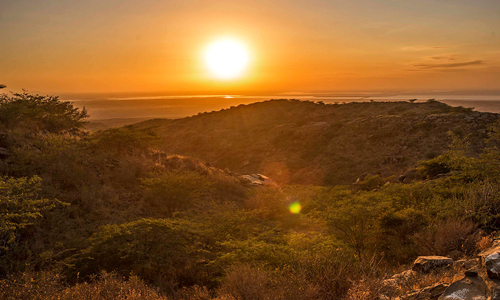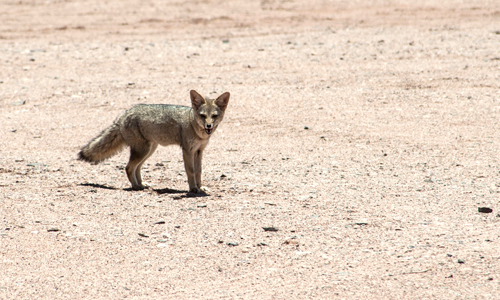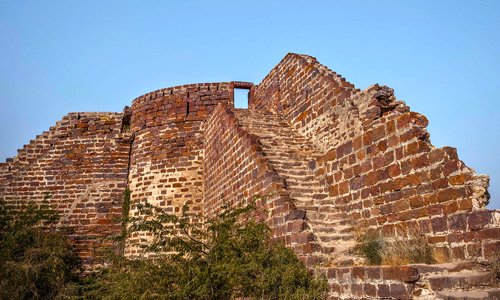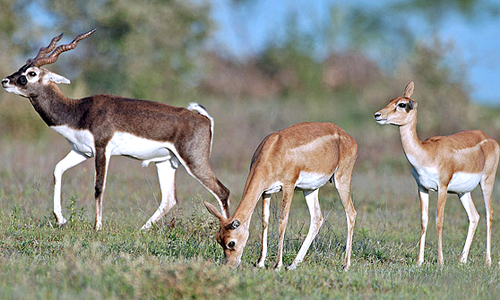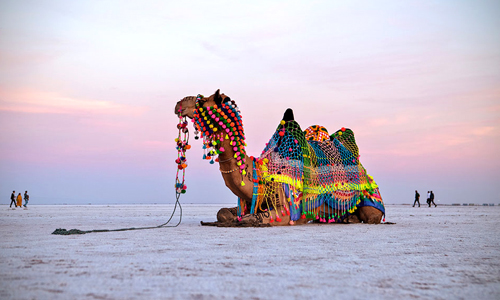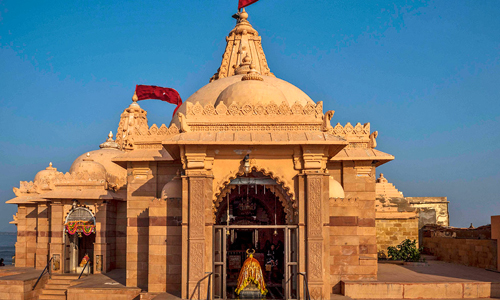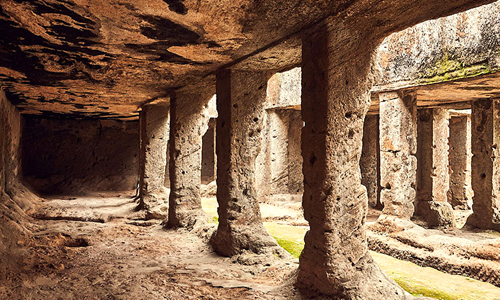Natural Grassland is popular as Banni Grassland Reserve or Banni Grassland. It is on the marshy salt flats of the Rann of Kutch's outer southern border with the desert. It is one of the most popular tourist places to visit in Rann of Kutch. It is the largest tropical Grassland in Asia.
The 2500 square kilometer Banni Grassland Reserve is famous for its abundant animals and variety. The name "Banni" came from the Hindi word "Banai," which means "made." The Indus River deposited sediments that eventually affected the path of the country when an earthquake struck in 1819.
Due to its abundance of big, medium, and small wetlands, Banni Grassland draws migratory birds that come to breed and spend the winter there. The Banni Grasslands include the 380 square kilometer Kutch Desert Wildlife Sanctuary and the recently declared 227 square kilometer Chhari Dhand Conservation Reserve.
Which tribes are in the Banni Grassland?
The Banni Grassland is home to Sindhi-speaking cattle breeders from the Jat, Mutwa, Hingora, and Hingorja tribes. The Banni Grassland has been recognized as a protected forest under the Indian Forest Act of 1927 since May 1955.
Which animals are in the Reserve?
Numerous animal genetic resources, including Banni buffalo, Kankrej cattle, sheep, goats, camels, and horses, are supported by the Banni grassland. More than 250 different bird species use this Grassland as a breeding and nesting habitat, including winter-migrating resident birds.
What is Banni Grassland famous for?
The Grassland is very famous for its biodiversity. There are 275 kinds of birds, 37 grass species, and domesticated animals living there. Tourists can see more than 150 different kinds of resident and migratory birds in the Reserve. The Banni Grassland is a must-see attraction for any Rann of Kutch tour package.
On the southern fringe of the Rann of Kutch desert is the 3,847 square kilometer Banni Grassland Reserve, an arid grassland environment. You can also see rare and endangered animals, including the Indian wolf, Asian wild ass, Indian bustard, and blackbuck here. Additionally, the area is a significant breeding ground for migrating birds.


